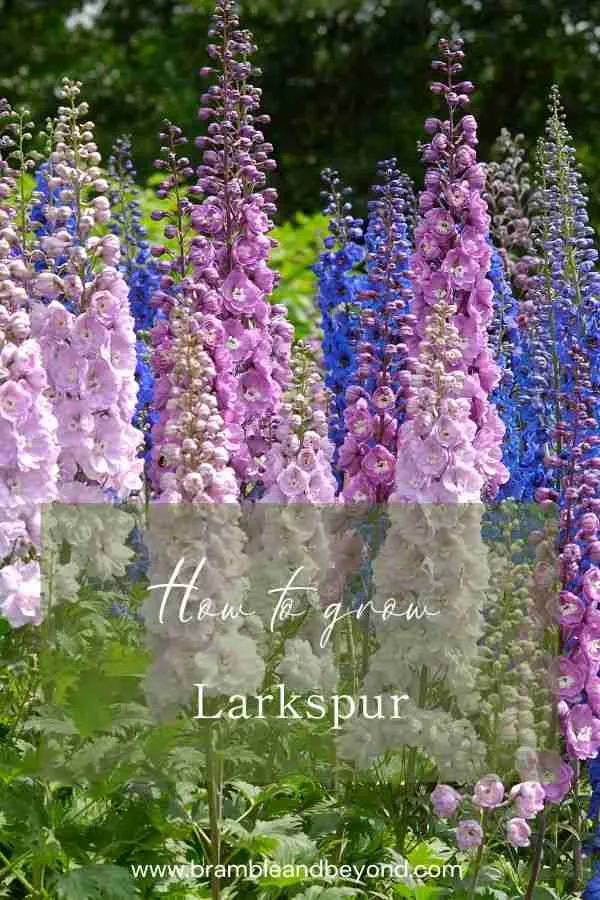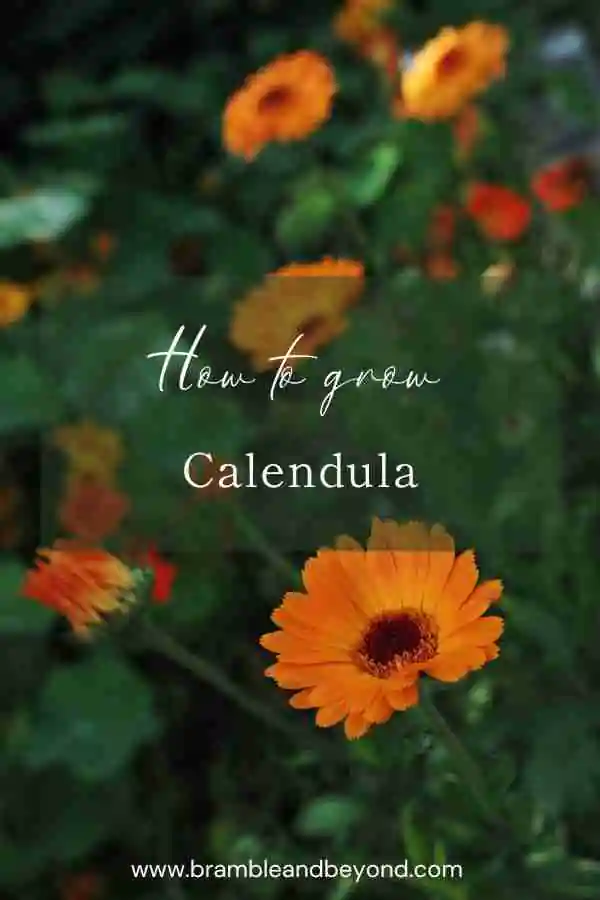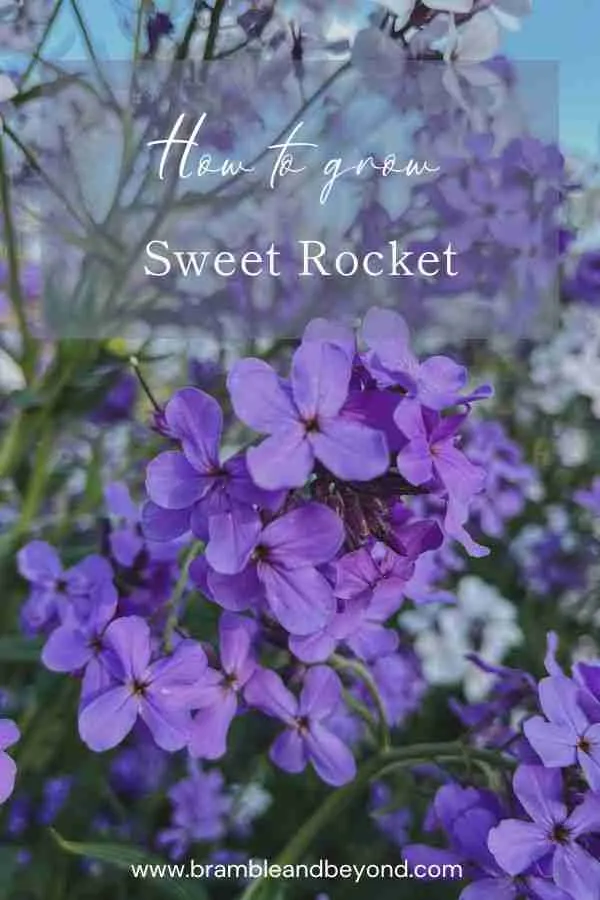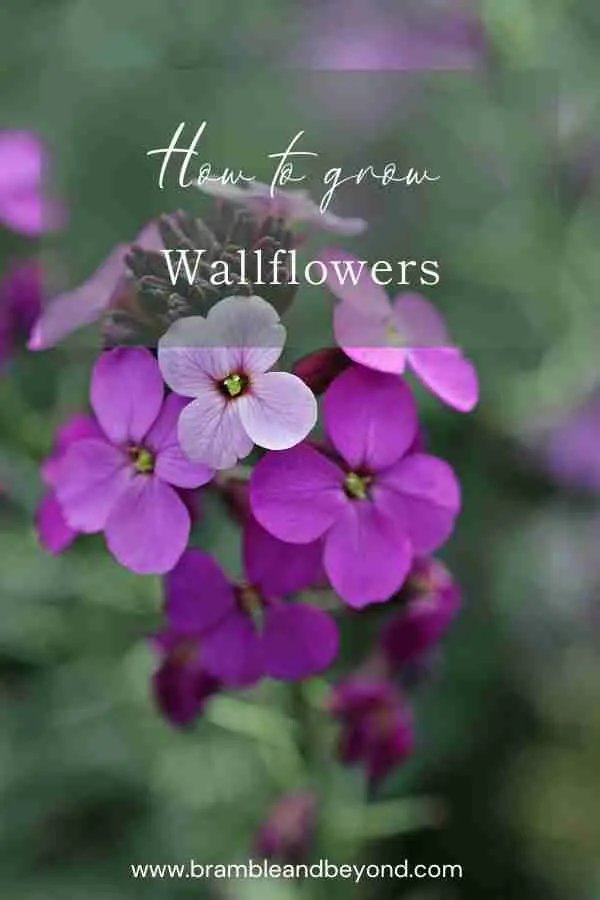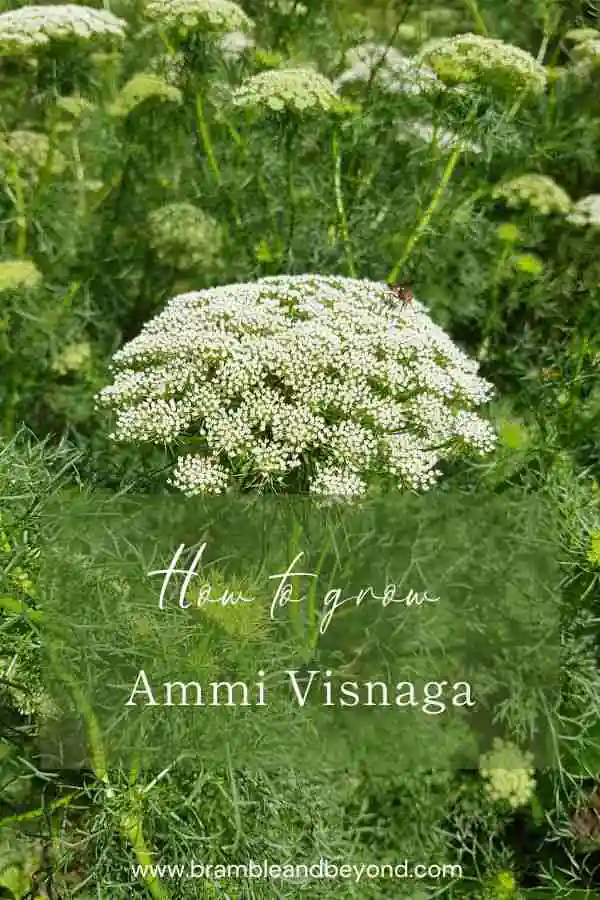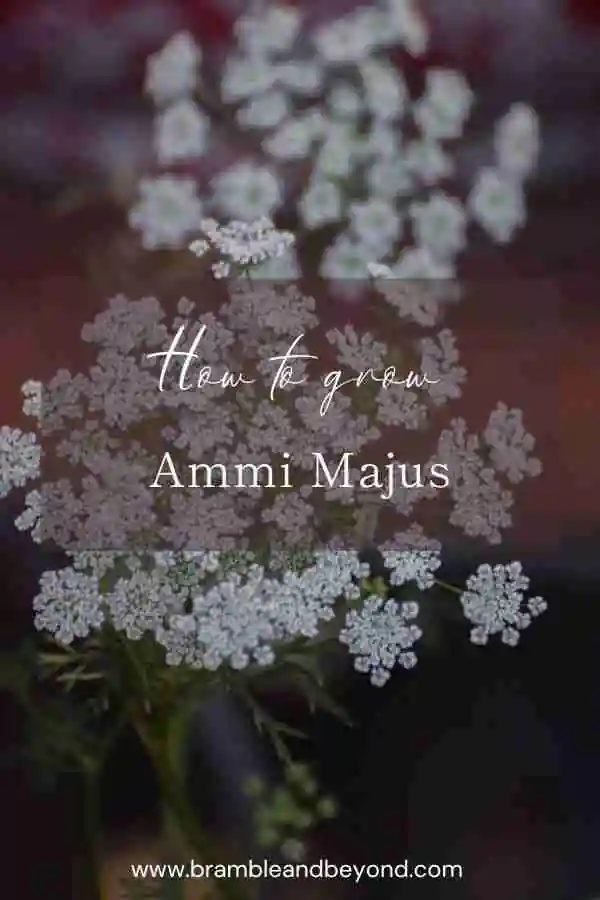Disclosure: This post may contain affiliate links, meaning I get commission if you decide to make a purchase through my links, at no cost to you. Please read my Affiliate Disclosure for more information.
Larkspur, oh how they gracefully sway in the cottage garden, adding a touch of elegance to any floral arrangement. Picture yourself surrounded by these elegant flowers, reaching for the sky, what a delight. But don’t be fooled, dear gardener, for learning how to grow Larkspur is a bit of a challenge. Yet fear not, for the reward will be well worth the effort.
Is delphinium and larkspur the same?
The delicate blooms of the Larkspur are the hardy annual cousins of their perennial counterpart, the majestic delphinium. Both of which belong to the buttercup family.
The perennial delphiniums are renowned for their rich hues and commanding presence. A true spectacle in beds and borders, they proudly showcase their blossoms in early summer, captivating all who lay eyes upon them. And, oh, the joy of having them as cut flowers! However, that is the drawback of the delphinium, as with all perennials they flower with the seasons. So once they have finished their show that is pretty much it. If you cut them back, a second flush of blooms may grace your garden later in the season, although not as grand as the first.
So let me bring your attention to the wonderful hardy annual Larkspur. These charming spires of flowers, also known as consolida, are smaller in stature than the delphinium but hold their own allure. Blooming throughout the summer, they are perfect companions in a cutting garden, and are sure to captivate your heart with their delicate beauty. They are also supposed to dry really well, so one more thing in their favour.
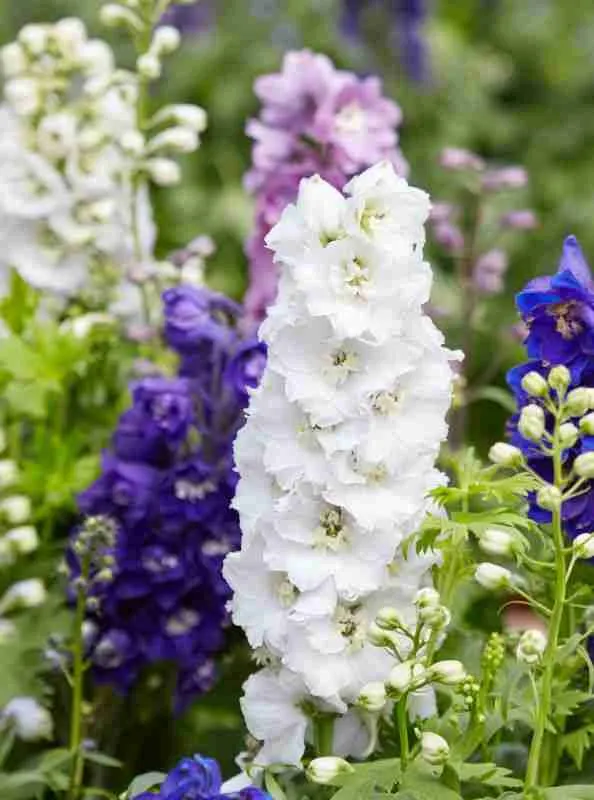
How to grow Larkspur:
Larkspur, oh how I want to learn how to grow you. I’ve poured over countless instructions, diligently following them to the letter, or so I thought. Yet, you remain elusive, refusing to germinate or move on from the seedling stage. Unfortunately, I’ve only managed to nurture two plants to maturity, but my desire to grow more knows no bounds. Below is one of the only Larkspur that has survived my green fingers!
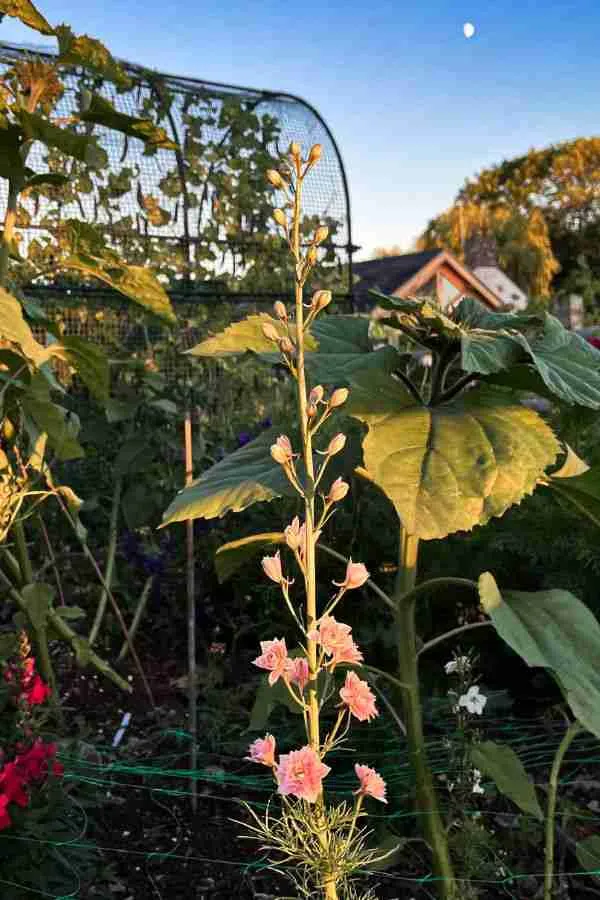
In my quest for success, this year I planted some seeds in the autumn, only to witness their untimely demise. I also attempted direct sowing in the autumn, but not a single sprout has graced my garden yet. I am hopeful of the seeds in the unheated greenhouse, hoping the chilly cold snap we have just had will work it’s wonder. And just in case, I have also planted another batch in the warmth of my home. So far, nothing has emerged, but I eagerly await the arrival of spring in the hope of not having to start again.
Curiously, I’ve had no trouble growing delphinium from seed. Perhaps the flower gods are trying to send me a message.
So please, take these instructions with a pinch of salt, for the whims of nature often dance to their own tune.
- Plants do best when sown directly into the garden. Direct-seed in late fall or early spring or start seed indoors in trays 6 to 8 weeks before last frost and transplant out while the weather is still cool.
- Seed can be tricky to start indoors, so pop seeds into the freezer for 10 to 14 days before sowing to speed up germination.
- Cold-tolerant, larkspur can be planted in the fall in even the coldest corners of the world.
- Sow in the Autumn for flowers the following early Summer, or in the Spring for flowers later in the season.
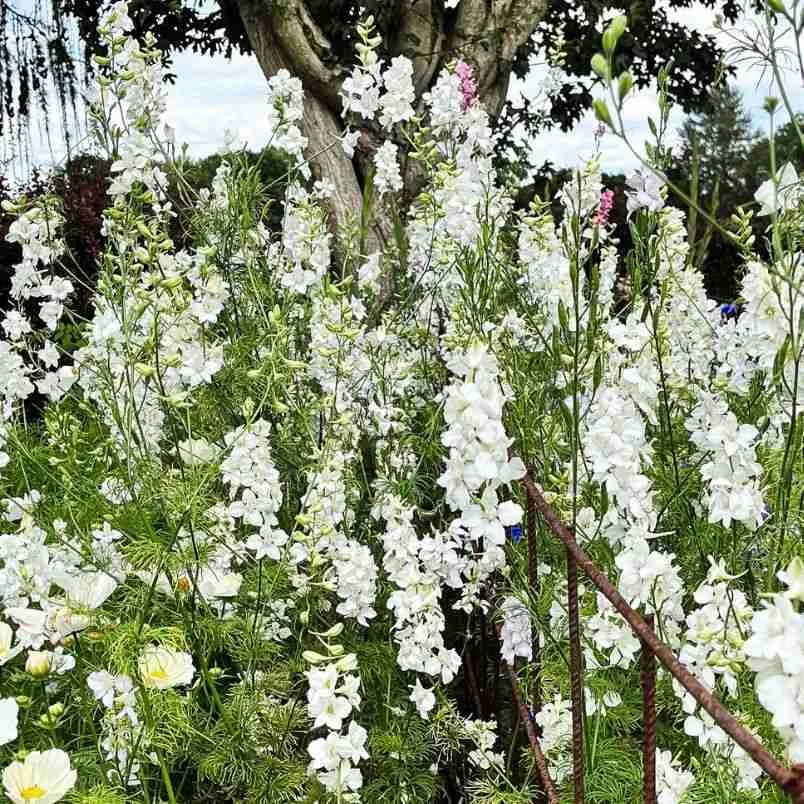
Larkspur plant details:
- Plant type: hardy annual
- Height: 100-120cm
- Site: full sun
- Sowing depth: surface sow
- Germination: 1-2 months
- Temperature: 15-18°C
- Days to maturity: 110-120 days
- Plant spacing: 23cm
- Pinch: For best flower spikes thin shoots when 7cm tall to leave a minimum of 2-3 shoots on young plants and 5-7 on established plants.
- Staking: yes
- Drying: yes
- Approx seeds per packet: 100
Please note we pack the majority of our seeds by weight so the number of seeds indicated is only an approximation.
Currently, I sell our seeds, and other bits and bobs, through Etsy, so the link below will direct you there.
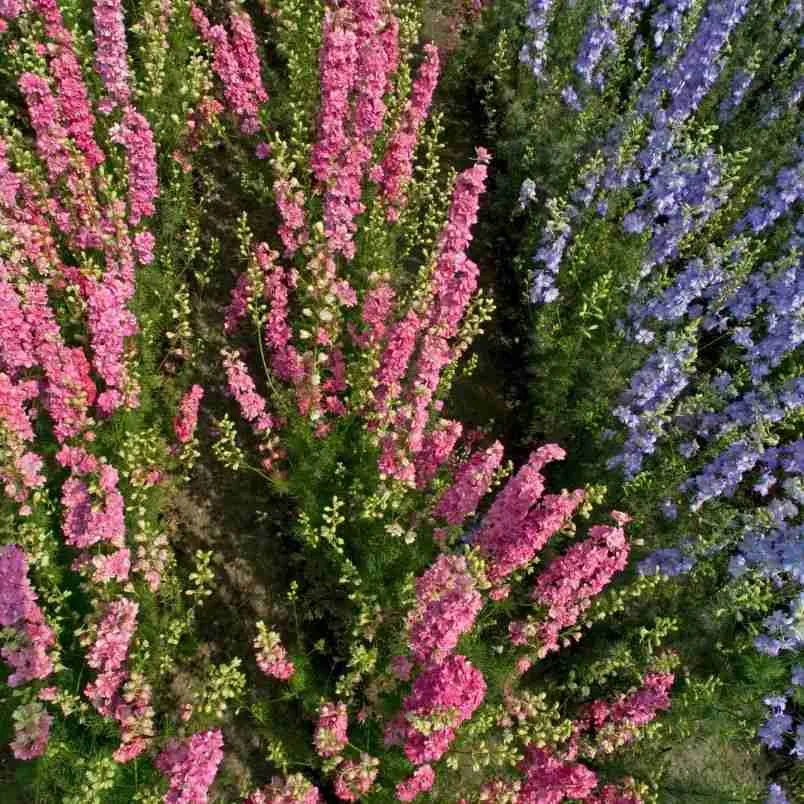
Harvesting and vase life:
- Harvest when one-third of the blossoms are open on a stem.
- Larkspur is extremely ethylene sensitive; keep it away from ripening fruit.
- Expect a vase life of 5 to 7 days.
- To dry, let all but the top 3 to 4 blooms open, then pick and hang upside down in a warm, dark place out of bright light for 2 weeks.
Tips for growing Larkspur
Growing Larkspur from seed can be a slightly hit and miss affair but follow my tips and hopefully you will be successful.
- Chill out: Before sowing, pop the seeds in the fridge or freezer for about a week. It gives them a little boost!
- Timing is everything: Sow two batches of Larkspur seeds, one in April and one in September. Avoid sowing too early in wet soil, as they might simply rot away. Mid-April works best.
- Sunshine lovers: Larkspur likes a good dose of sunshine, so make sure to choose a spot with plenty of light. Also, ensure that the soil is free-draining and light. If you have clay soil, add some organic material and grit for better drainage.
- Cover and care: Lightly cover the seeds with soil or compost and keep the seed bed moist. Don’t let it completely dry out, which is pretty easy in April.
- Give them space: Once your lovely Larkspur seedlings are about an 3cm, thin them out to about 25cm apart. They’ll appreciate the breathing room.
- Mulch it up: When your Larkspur plants are a little taller, consider adding a layer of mulch. It helps keep the weeds down.
“In every gardener, there is a child who believes in the magic of nature.” – Unknown
Remember, dear reader, that growing larkspur is a journey filled with surprises, challenges, and delightful discoveries. So, get ready to roll up your sleeves, embrace the magic of nature, and embark on an adventure that will transform your sustainable garden into a haven of beauty and grace.

